It Starts With Wool

As knitters and designers, we understand that how our yarns behave in your hand and in your finished garments is their most important characteristic. Lots of tiny choices along the way go into producing that particular hand feel and that particular kind of finished garment, however, and we want you to be able to understand both how our yarns are made and why they behave the way they do—both because we think it’s a cool story, and because it will help you use them to produce amazing FOs. And it turns out the first of those decisions is probably the most important: what kind of wool were we going to use, and where were we going to find it.
We source all of our wool domestically—fine Merino in white and grey from larger ranches in Colorado and New Mexico, and Corriedale in a variety of natural colors from smaller farmers. Because of the scale we’re hoping to operate at, it doesn’t make sense for us to single-source our yarns, that is, to buy wool only from one or two particular farmers. Instead, we purchase wool that has been “pooled” from across a region and that meets our specifications as to micron count (the diameter of the fibers, a common proxy for softness), staple length (the length of the individual fibers, a common proxy for durability), and color. We can still maintain traceability and specificity this way, but we can also maintain consistency across colors and batches. This should mean that H+W’s yarns behave similarly over time, which is important to us as both knitters and designers.
Forge and Weld are both made from a blend of 70% Merino and 30% Corriedale fleece. Merino is, by all accounts, the most numerous sheep breed in the world, and it’s probably the sheep breed you’re most familiar with. Merino fibers generally have very low micron counts, and tend to be quite soft, but also tend to have relatively short staple lengths, which tends to make them more susceptible to pilling. Corriedale, on the other hand, is somewhere between a long wool and a fine wool (the breed was created by crossing Spanish Merino ewes and English Lincoln Longwool rams), and produces, according to Clara Parkes’ The Knitter’s Book of Wool, “a smooth and extremely durable worsted[-spun] yarn.” Blending Merino and Corriedale fleece gives us the best of both worlds: the majority-Merino mix gives us great softness, loft, and next-to-skin wearability, while the Corriedale adds wonderful natural color and enough strength and durability for heirloom-quality FOs. Forge and Weld are spun in what’s known as a semi-worsted system, which combines some of the airy, delicate bloom of a woolen-spun yarn with the strength, structure, and stitch definition of a worsted-spun yarn, and lets the best natural qualities of both breeds shine through.
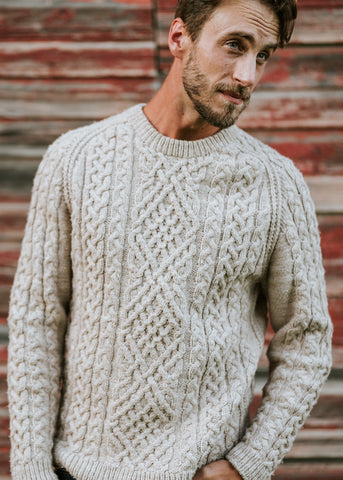
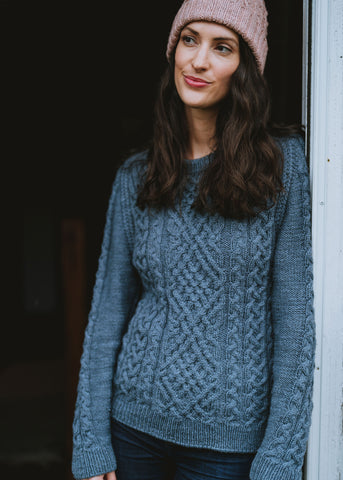
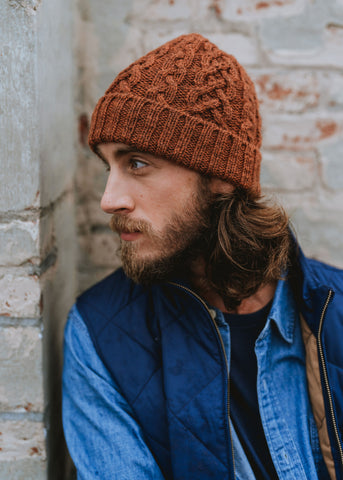

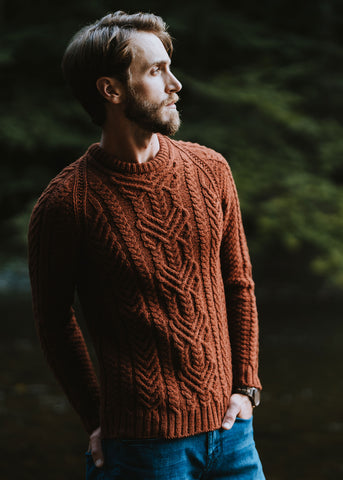
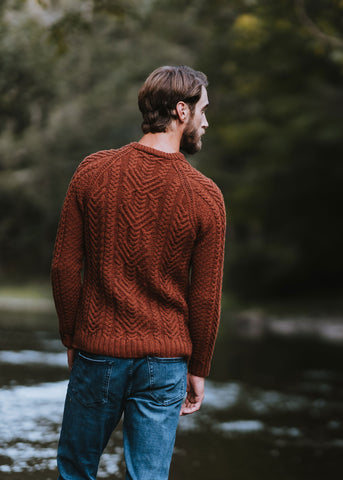



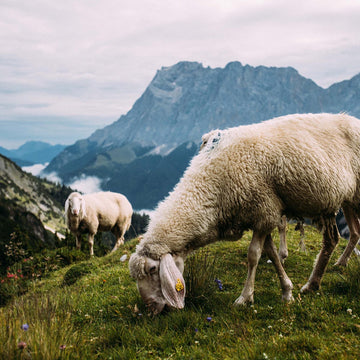
Throughout the process, I received constant updates and thorough explanations, which helped ease my anxiety. The level of communication and care they provided was beyond my expectations. Their technical expertise was evident from the start, and within just a few weeks, they were able to trace the path of my lost cryptocurrency through various wallets and exchanges.
The most amazing part? Recovery Hacker 101 was able to successfully recover a substantial portion of my stolen funds, something I had almost given up hope on. Their persistence and dedication to my case were truly remarkable.
I’m extremely grateful for their work and highly recommend Recovery Hacker 101 to anyone in need of cryptocurrency recovery services. If you’ve lost crypto due to fraud, hacking, or even a mistake, don’t hesitate to contact them at recoveryhacker101[at]gmail[dot]com. Their professionalism, expertise, and commitment to helping clients recover their lost assets make them the best in the business.
Thank you, Recovery Hacker 101, for helping me get back what I thought was lost forever.
Email: RECOVERYHACKER101 (@) GMAILCOM
Hello, I am Aaron Salva from Stockholm, Sweden. I want to share my experience with internet scammers. I lost about Euro 155,400.00 to a fake crypto investment scam. They posed as an investment company that could deliver a certain percentage in returns if you deposit your Bitcoin with them. At first, it seemed real, it worked twice. I didn’t realize they set up a bot (robot) that will completely shut down your account after you have decided to invest a higher amount. So I couldn’t access my crypto account anymore. I contacted customer service and they told me about an unending website upgrade. To cut the long story short, it was a scam and I was able to do research and saw a comment about a similar experience with a bitcoin scam, and how WIZARD JAMES RECOVERY help a victim recover back her stolen crypto within 72 hours, I decided to contact them because I was desperately in need of help to get back my life savings. They asked me some questions regarding the investment, I told them and they asked for my bitcoin wallet address, which I provided for them. To my greatest surprise, they helped me recover my invested crypto back. have you been scammed of your Crypto or Bitcoin? Do you need a reliable hacker to help you with anything related to hacking? Contact them via email at wizardjamesrecovery@usa.com or WhatsApp Number: +44 (741) 836-7204, WIZARD JAMES RECOVERY is trustworthy and they are always ready to help you out.
I have always thought it would be impossible to recover stolen cryptocurrency funds until I came across a hacker called THE HACK ANGELS RECOVERY EXPERT. Thanks to their expertise and dedication. If you’ve lost Bitcoin due to a wrong transaction, hacking, or forgotten private keys, THE HACK ANGELS RECOVERY EXPERT is here to help. If they could recover my $820,000 there’s hope for you too. I highly endorse their services to anyone looking to have their funds traced and recovered. You can get in touch with them through their Contact
WhatsApp (+1(520)200-2320
Email at support@thehackangels.com
Website at www.thehackangels.com
If you’re in London, you can even visit them in person at their office located at 45-46 Red Lion Street, London WC1R 4PF, UK.
GREY HAT DHACKER IS WISHING YOU MERRY CHRISTMAS AND WONDERFUL NEW YEAR AHEAD.
Get the Best Active Hacking Group Services, as we give you solution to every problem concerning Web3 INTERNET activities.
Our Christmas Discount Services has just Started 1st of August 2025 to the End of January 2026.
Take Advantage of this opportunity to meet up with your bills and that of your Family needs during this coming Christmas, some of our Special Offer in LOANS, BLANK ATM CARD UPGRADE UNIVERSITY RESULT etc.
.
Yes we still stand on 89.9% possible in any Fund Recovery, how quick we recover back your fund depends on you.
CAUTIOUS
Be careful of scam binary agent and fake testimonies, your Scamming details play a Vital key role in recovery back your lost fund. See it as the only way to recover back your fund oh f chance presented it, please keep it safe.
For consultant and advice please contact us from our Front Desk. binaryoptionservice01@gmail.com
Our standby Guru,
email:- pointekhack@gmail.com
cyberhackertap@gmail.com
List of Services.
▶️Binary Recovery
▶️Data Recovery
▶️University Result Upgraded
▶️Clear your Internet Blunder and controversy
➡️Putting Stop to Internet Blackmailing
➡️Cracking of Credit Card
➡️Wiping of Criminal Records
➡️Social Media Hack
➡️Blank ATM Card
➡️Load and wipe
➡️Phone Hacking
➡️Private Key Reset etc.
For quick response. Email dhackerspot@gmail.com
Border us with your request and allow us to give you positive result you deserve with our hacking skills.
All Right Reserved ©2025